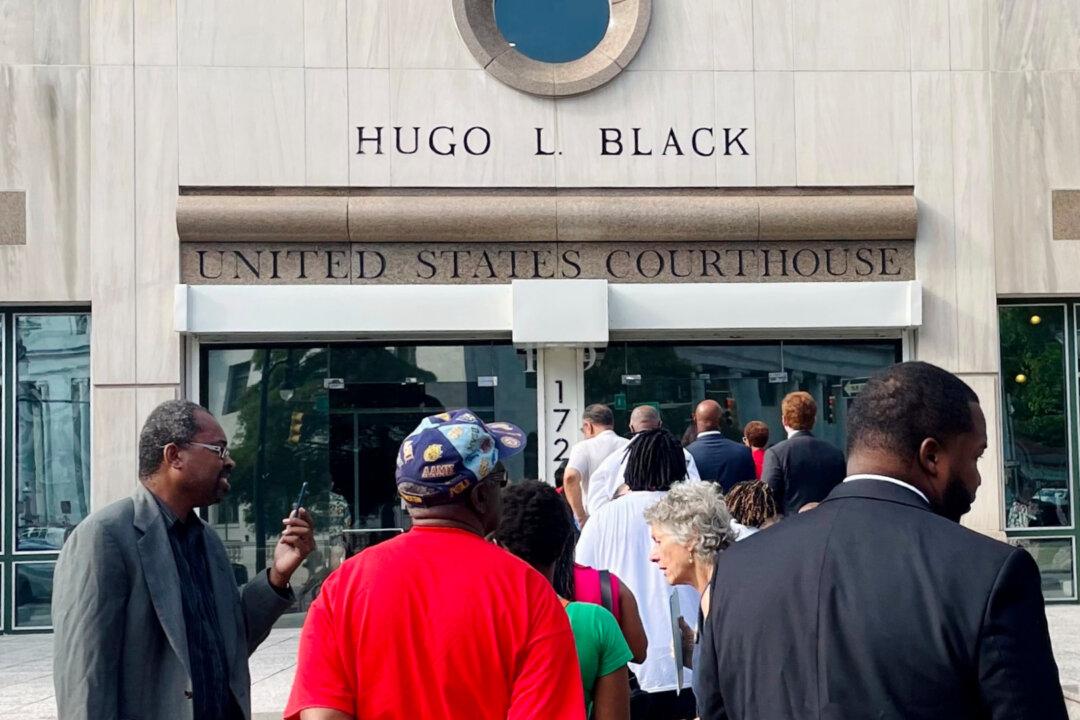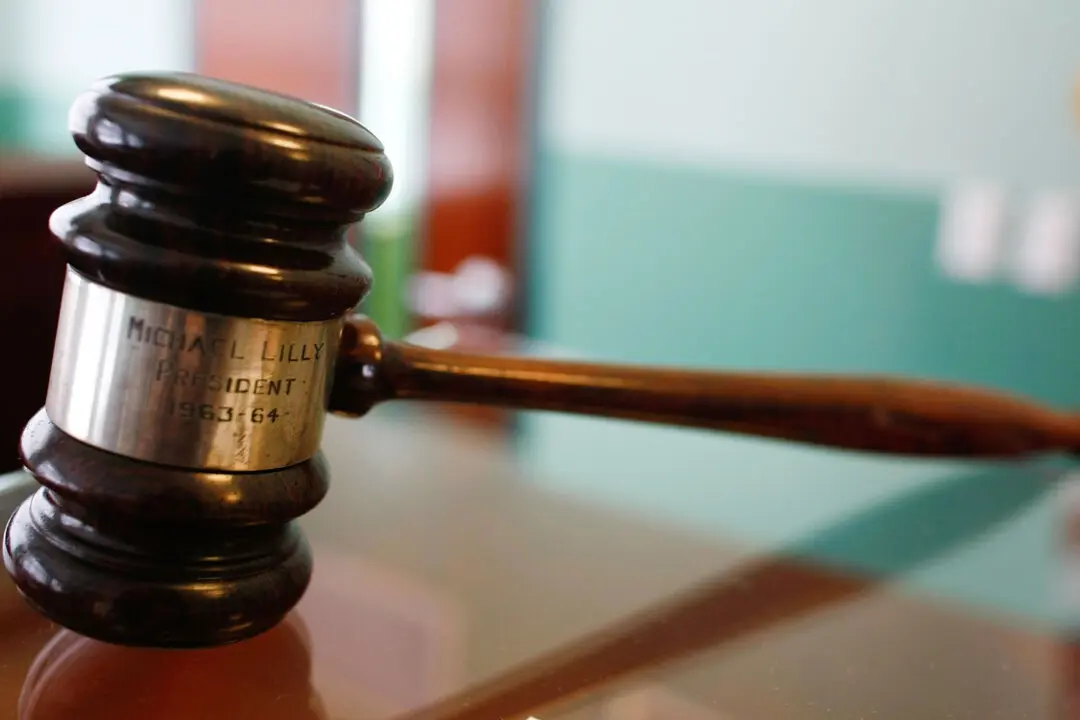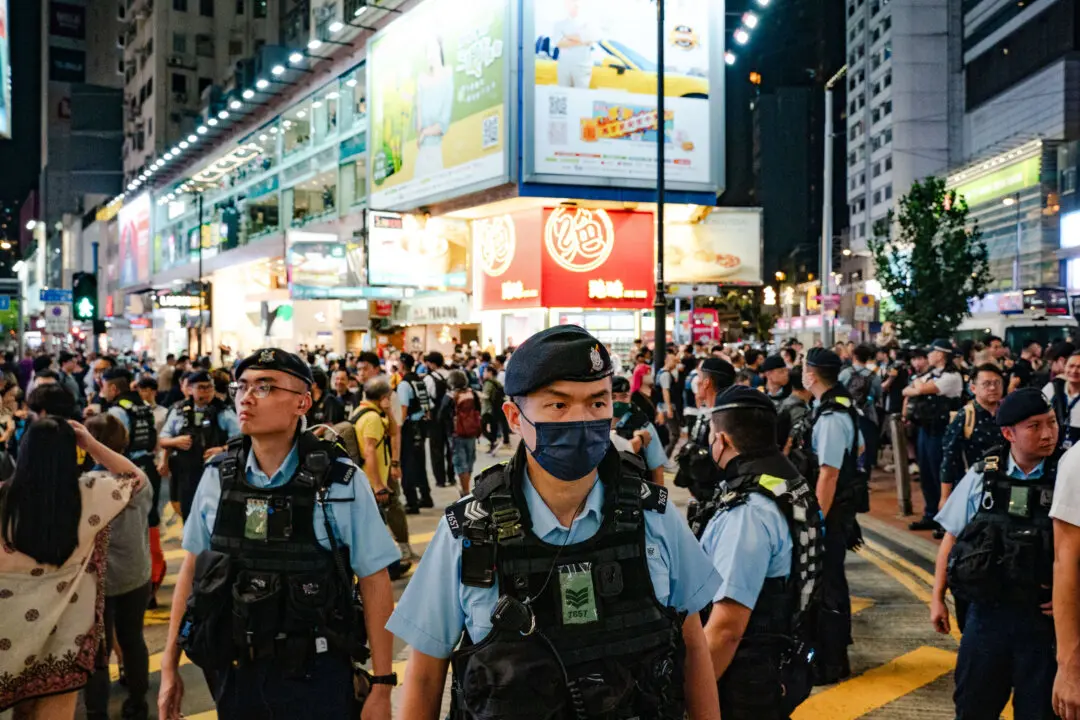Alabama petitioned the U.S. Supreme Court on Monday to temporarily halt a lower court’s decision that blocks the state’s recently redrawn congressional map, arguing the state isn’t required to create a second majority-black voting district, which it contends would result in a racially segregated court-drawn plan.
In June, the Supreme Court upheld a lower court ruling, 5 to 4, that Alabama needed to redraw its congressional districting map so that black voters had the opportunity to elect the candidate of their choice, per the Voting Rights Act of 1965.





